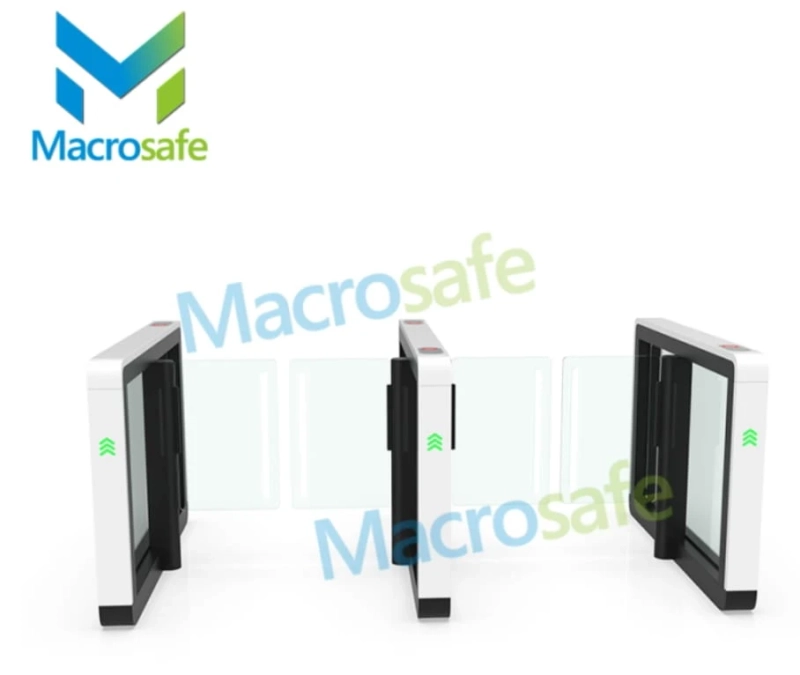Ensuring the security of train stations is of utmost importance in today's world. With the increase in public transportation usage, it is crucial to have effective security strategies and systems in place. This article explores the significance of elevating train station security and discusses various strategies and systems that can enhance safety and protect the well-being of travelers.
Surveillance and Monitoring:
One of the key aspects of elevating train station security is the implementation of advanced surveillance and monitoring systems. High-resolution cameras strategically placed throughout the train station premises can provide real-time monitoring of activities, identify suspicious behavior, and aid in investigating security incidents.
In addition to traditional camera systems, the use of intelligent video analytics can further enhance the effectiveness of surveillance. These analytics systems employ advanced algorithms to detect potential threats automatically, such as abandoned objects, unauthorized access, or loitering behavior. By leveraging surveillance and monitoring technologies, train station security personnel can respond promptly and efficiently to any security concerns.
Turnstile System:
An essential component in ensuring secure access control and crowd management at train stations is the deployment of a turnstile system. Turnstiles are entry gates that allow one person at a time, using a valid ticket or access card, to pass through. These turnstile systems are designed to regulate the flow of passengers, prevent unauthorized entry, and reduce the risk of fare evasion.
The turnstile system functions by scanning and validating tickets, transit passes, or access cards. This prevents individuals without proper authorization from entering restricted areas of the train station. By incorporating turnstiles, train station security can effectively monitor and control the number of passengers entering and exiting the station, enhancing security and optimizing crowd management.
Improved Lighting and Signage:
Enhancing lighting and signage within train stations is a simple yet effective strategy to elevate security. Well-lit areas deter criminal activities and provide a sense of safety for passengers. Adequate lighting should be ensured in all areas, including platforms, ticketing areas, staircases, and parking lots.
Clear and visible signage is also essential for directing passengers efficiently and ensuring they are aware of safety protocols and emergency exits. Signs indicating the location of emergency assistance points, exits, and station personnel can greatly improve response times during security incidents or emergencies.
Threat Detection Technologies:
To bolster train station security, the integration of threat detection technologies can be highly effective. Train stations can employ technologies such as explosive detection systems, metal detectors, or body scanners to identify potential threats before they enter the station premises.
Explosive detection systems utilize advanced technologies, including X-ray scanners and chemical sensors, to detect explosives or hazardous substances in baggage or cargo. Metal detectors and body scanners efficiently identify metallic or non-metallic objects that may pose a threat to passenger safety. These technologies can be strategically placed at key access points, assisting security personnel in detecting and preventing potential security breaches.
Awareness and Training Programs:
Train station security personnel play a crucial role in maintaining a safe and secure environment. Providing them with comprehensive training on security protocols, emergency response procedures, and threat detection techniques is essential. It equips them with the necessary skills to identify suspicious behavior, de-escalate potentially dangerous situations, and respond effectively to security incidents or emergencies.
Creating awareness among passengers is also vital in elevating train station security. Regular communication campaigns, posters, and public announcements can educate passengers about safety measures, reporting suspicious behavior, and the importance of being vigilant. Empowering passengers to play an active role in maintaining security fosters a collective effort towards creating a safer travel environment.
Conclusion:
Elevating train station security is crucial to preserving the safety and well-being of passengers and staff. By implementing effective strategies and systems such as advanced surveillance and monitoring, turnstile systems for access control, improved lighting and signage, threat detection technologies, and comprehensive awareness and training programs, train stations can enhance security and deter potential threats. Prioritizing train station security creates a safer and more trustworthy environment, boosting public confidence in using public transportation systems. By embracing these strategies and systems, train stations can ensure a seamless and secure experience for all commuters.



